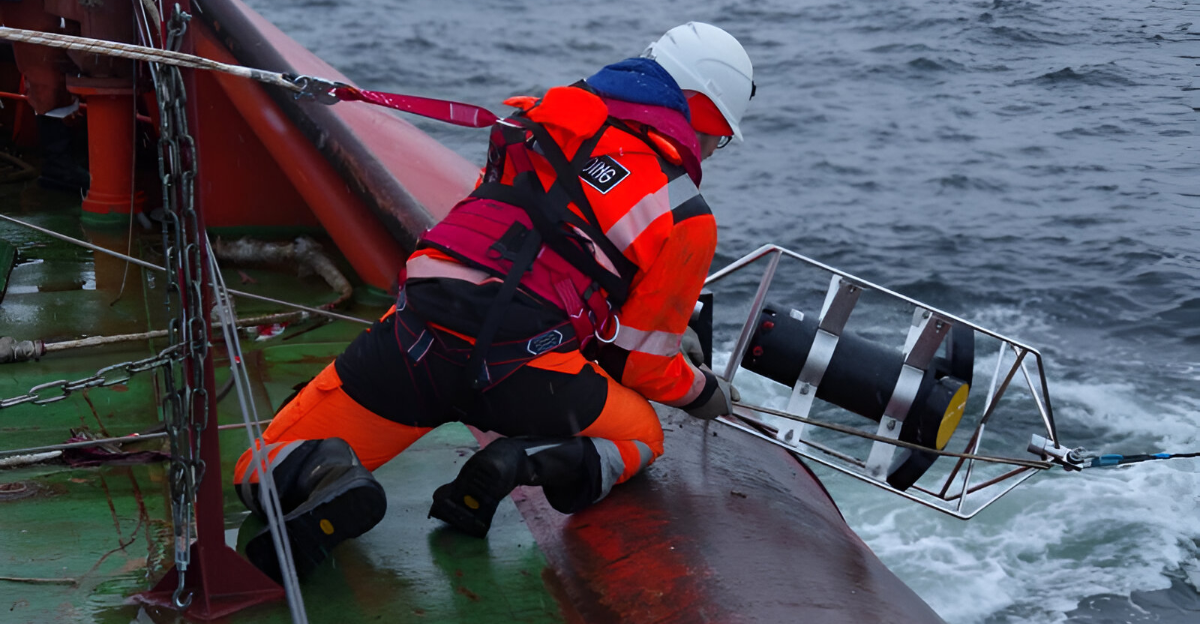
The Gulf Stream is a powerful ocean current often described as the planet’s “conveyor belt,” and it has always played a role in regulating the climate of the Northern Hemisphere. Now, scientists are sounding the alarm as new research reveals the Gulf Stream is showing signs of dramatic weakening and could be on the verge of collapse.
What will this collapse mean for the environment, and will the effects be reversible? Only time can tell, but one thing is for sure: if it does collapse, it can change life on Earth as we know it.
What Is The Gulf Stream?
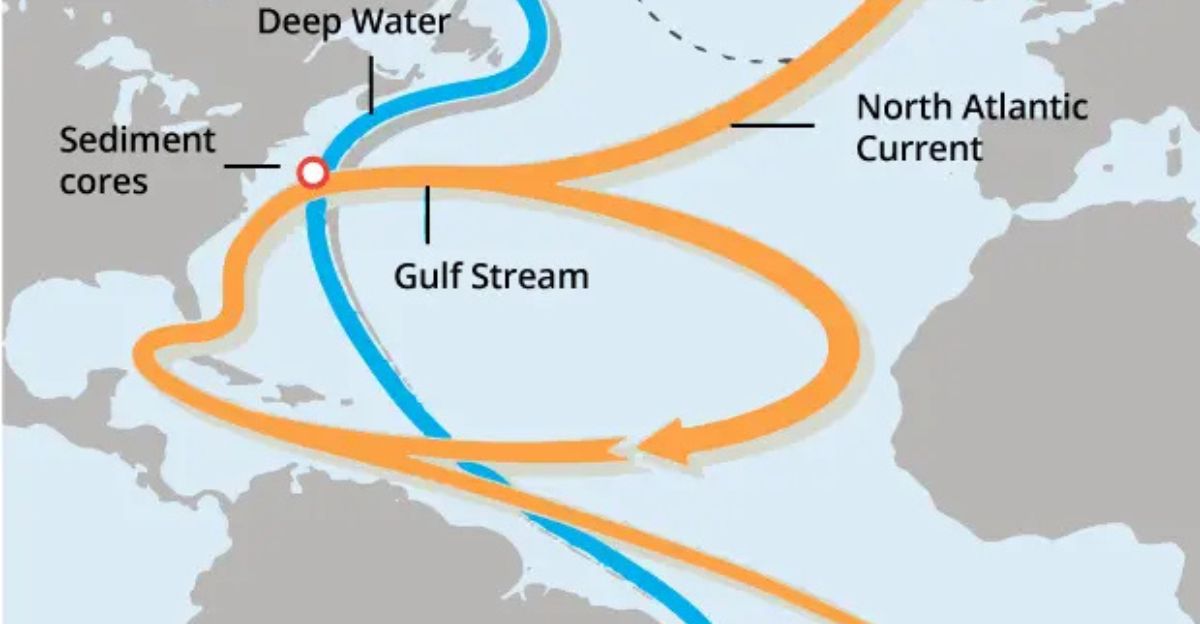
The Gulf Stream is a powerful, warm Atlantic Ocean current that starts in the Gulf of Mexico and flows through the Straits of Florida, moving up the eastern coastline of the United States before veering east near North Carolina and heading toward Northwest Europe as the North Atlantic Current. This current forms part of the Atlantic Meridional Overturning Circulation (AMOC), which helps regulate climate by transporting vast amounts of heat from the tropics to higher latitudes.
The Gulf Stream is typically about 62 miles wide and up to 3,900 feet deep, with surface speeds reaching up to 5.6 miles per hour, making it one of the world’s fastest and most voluminous currents.
What Is Causing the Gulf Stream to Weaken?
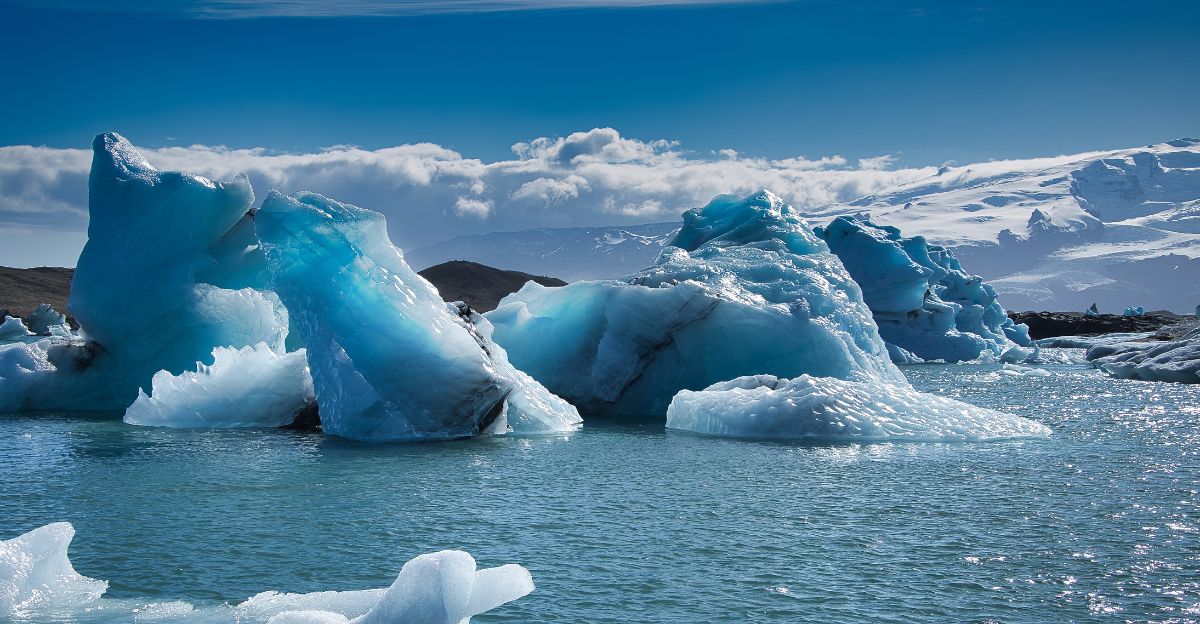
As usual, human-caused climate change is the main cause of the Gulf Stream’s weakening. This change is disrupting the delicate balance of temperature and salinity that fuels this vital ocean current. As global temperatures rise, increased rainfall and the accelerated melting of the Greenland ice sheet and Arctic sea ice pour vast amounts of freshwater into the North Atlantic.
This influx of freshwater dilutes the ocean’s salinity, making the water less dense and inhibiting the sinking motion that helps drive the Gulf Stream. This slowdown is also linked to the formation of a persistent “cold blob” south of Greenland, where warmer waters are no longer reaching, causing this system to fail even more.
Mounting Scientific Warnings

Scientific warnings about the Gulf Stream’s stability have intensified in recent years, with several high-profile studies and open letters from leading researchers underlining the severity of the situation. “We should be very worried. This would be a very, very large change. The Amoc has not been shut off for 12,000 years,” said Professor Peter Ditlevsen, who led the study at the University of Copenhagen in Denmark.
While there is still debate within the scientific community regarding the exact timing and likelihood of a collapse, there is broad consensus that the AMOC is weakening and that the potential consequences of its failure are severe enough to warrant immediate global attention.
Catastrophic Climate Consequences
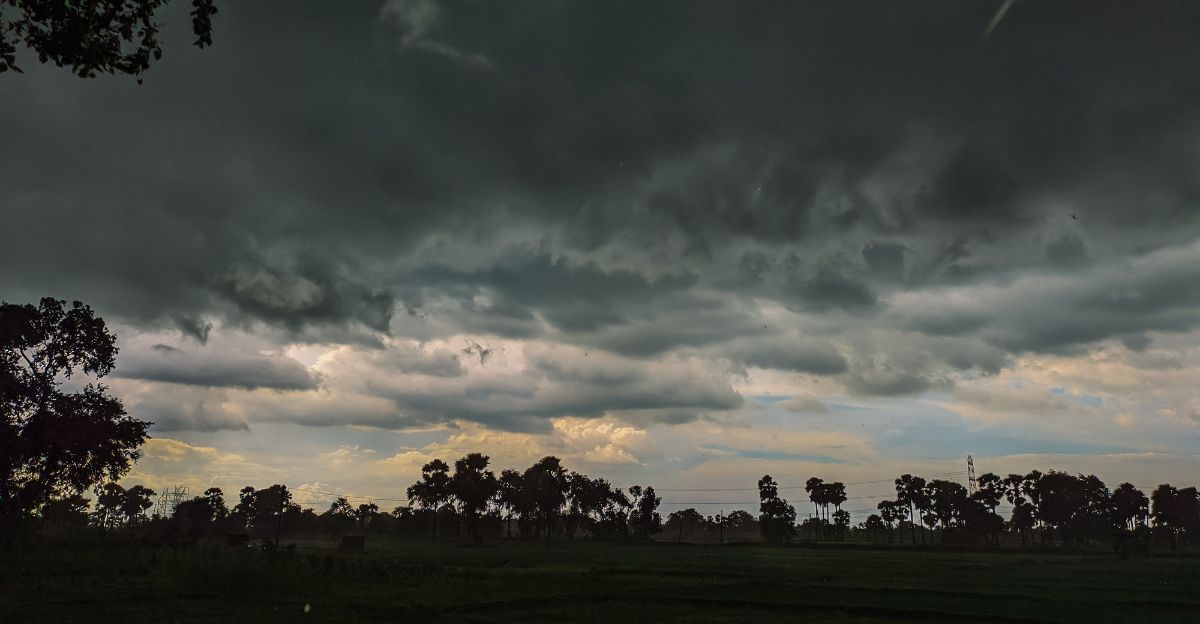
While the weakening of this ocean current might not seem like such a big deal, if it does collapse, the world will experience major environmental changes that could alter life as we know it. The collapse of the Gulf Stream can alter weather patterns, sea levels, and agricultural viability. Western Europe could see temperatures plummet by as much as 50 to 59 degrees Fahrenheit, making the region far colder and threatening the survival of crops and even human health due to harsher winters.
Sea levels along the U.S. East Coast could rise by up to 3.2 feet, and rainfall patterns would shift dramatically. Monsoon systems in Asia and the Amazon could reverse, leading to devastating droughts or floods and endangering food security for billions.
How Close Are We?

Scientists have been monitoring this system closely in hopes of determining exactly how close we are to the tipping point. While exact predictions vary, some models indicate that this tipping point could be reached within the year.
“There is still large uncertainty about where the AMOC tipping point is, but the new study adds to the evidence that it is much closer than we thought,” said Professor Stefan Rahmstorf at the University of Potsdam, Germany.
Scientific Debate and Uncertainties

While the alarm is real, some scientists urge caution regarding the timing and certainty of a full collapse. The reliability of climate models and the accuracy of tipping point predictions are often contested, and researchers call for more research, improved models, and sustained ocean monitoring to resolve these uncertainties and better understand the risks.
“The results of the new study sound alarming, but if the uncertainties in the heavily oversimplified model and the underlying data are included, then it becomes clear that these uncertainties are too large to make any reliable estimate of the time of tipping,” said Prof Niklas Boers, from the Potsdam Institute for Climate Impact Research in Germany.
Threats to the Amazon and Global Ecosystems

One of the biggest concerns about the Gulf Stream’s collapse is its impact on the Amazon and other ecosystems. This collapse could drastically alter rainfall patterns across South America, reducing precipitation in the northern Amazon and potentially triggering widespread forest dieback.
Combined with ongoing deforestation, wildfires, and rising temperatures, these changes could push the Amazon past a critical tipping point, leading to the irreversible loss of up to 47% of its forests by 2050.
Rising Sea Levels and Coastal Risk
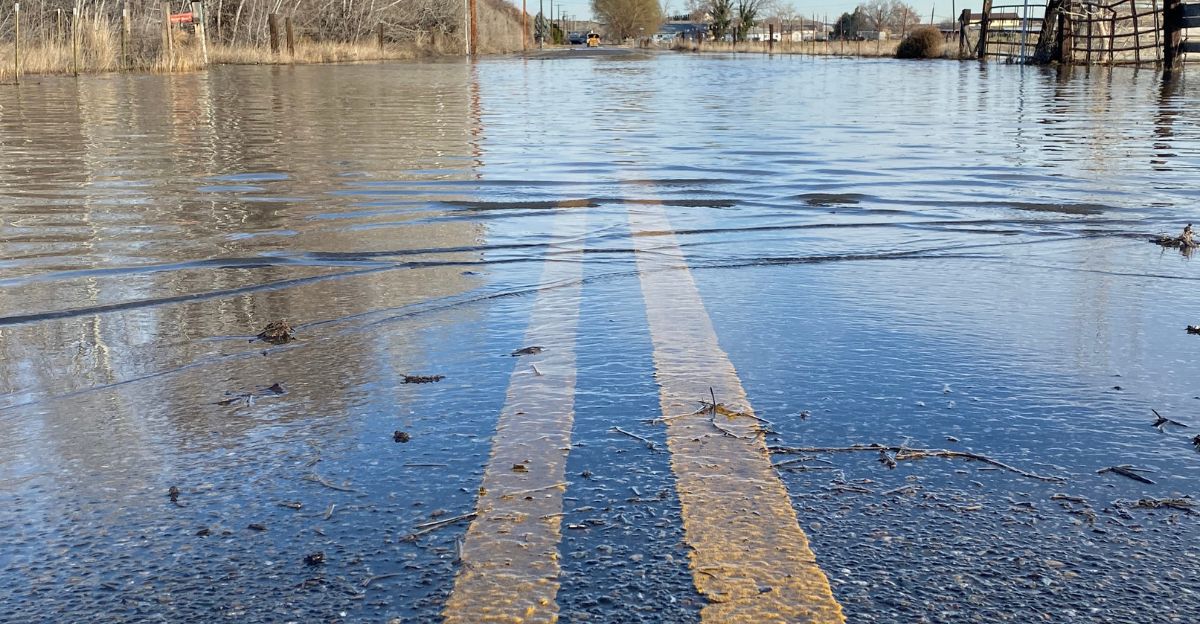
Without the Gulf Stream’s northward flow to redistribute warm water, sea levels along the U.S. Atlantic coast could surge dramatically, exacerbating coastal erosion and flooding in major cities like New York and Boston.
“The economic implications would be enormous, affecting property values and requiring massive investments in coastal defenses,” notes the Arctic Ice Project.
What Can Be Done?
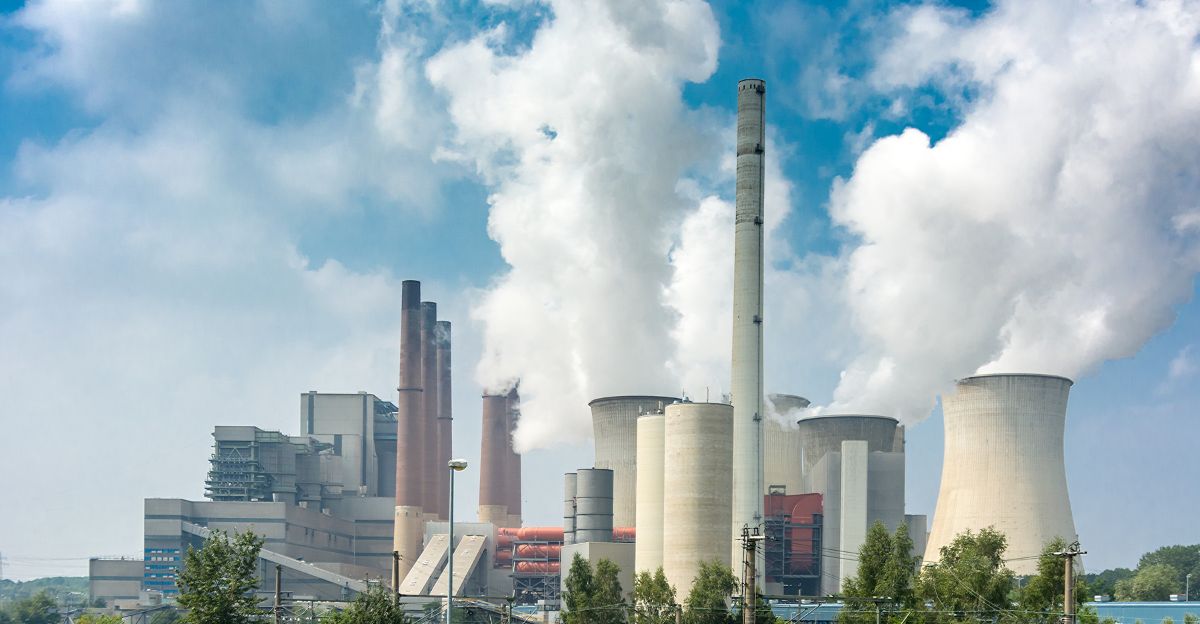
A complete collapse sounds daunting, but it’s not the end of the line yet, and with immediate action, the risks of a collapse can be reduced. The most critical step is to drastically cut greenhouse gas emissions by transitioning to renewable energy, improving energy efficiency, and implementing sustainable land-use practices.
Investing in advanced climate modeling and ocean monitoring systems will help scientists track changes in the Gulf Stream and provide early warnings of potential tipping points.







